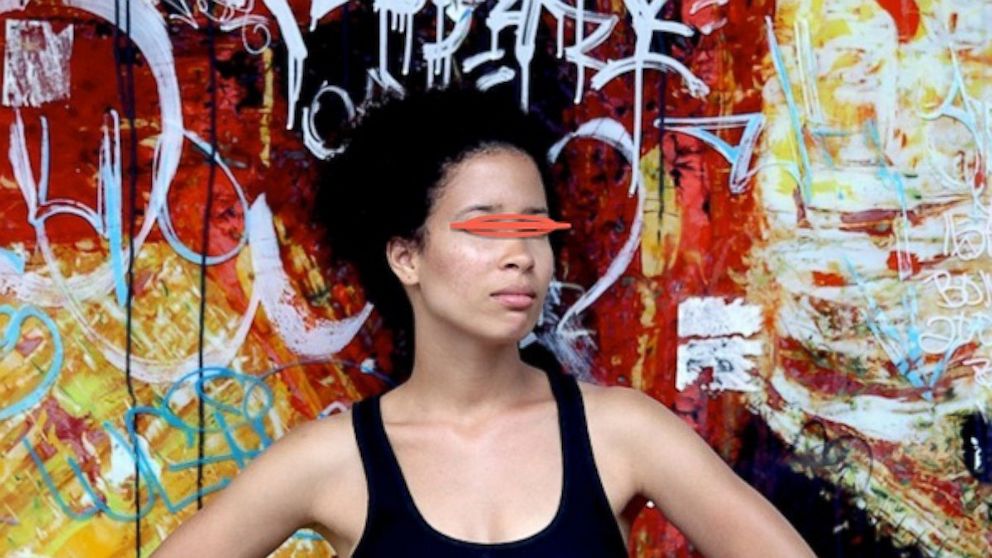Virtual Art Gallery Showcases Latino Artists
Technology is helping showcase little-known artists.

Aug. 15, 2013— -- Patricia Prevatt doesn’t have any formal art training, but she’s always been drawn to the beauty and diversity of artwork.
But it troubled the Floridian, who has a background in Latin American studies and political science, that so many artists, particularly from Latin America, never have a chance to share their passion.
Even Latin American artists living in the United States face struggles when it comes to showcasing their work, from language barriers to discrimination.
New York City-based Dominican artist Leslie Jiménez, for example, was forced to learn English in one month after she moved to the U.S. from Santo Domingo to keep an art scholarship.
And so much of the art Prevatt saw during trips to the busy streets of Central Havana, Cuba would never be shared with the world in a traditional gallery format, she realized.
So she decided to do something about it and in the spring of this year, P-Squared Gallery was born.
The site serves as a virtual museum, a way to showcase the work of Latin American artists in an accessible way.
Right now P2 features about a dozen artists -- four from the U.S. and the rest from Argentina, Brazil and Cuba -- and 24 of their prints. Visitors can browse the site and purchase prints (they don’t sell originals, but are open to connecting buyers with featured artists).
By 2012 printing technology and the online art market had matured to the point where the project seemed like a viable possibility. And reaction has been favorable, Prevatt said, especially from Latinos who appreciate the opportunity to see their culture and history showcased.
It’s also been a chance to dispel some of the myths she hears about Latin American art.
“We’ve found that the general public has this idea about Latin American art that is a bit stereotypical for lack of a better word,” Prevatt said. “They say they like ‘the colors,’ which, there aren’t specific colors. An artist in Cuba has a very different experience than an artist in Chile, so we want to show the diversity.”
That diversity is evident with a quick browse through the gallery. There are bright abstract paintings next to photographs next to blue-gray landscapes.
Jiménez is one of the featured artists. Her work touches on the beauty standards many Latinas feel pressured to meet and the effect that has on the Hispanic community as a whole. That is one of the aims of the project, to give the artists a chance to express what their culture and heritage means through their work, and to have a chance to share it with non-Latinos who might not otherwise be exposed to it.
The site is intentionally minimalist. Prevatt said she’s open to expanding the project to 40 or 50 artists, but is turned off by sites that overwhelm visitors with hundreds of works and low-quality images. A visit to the site should be a virtual gallery tour, a chance to contemplate and appreciate the featured artists. The artists sign three-year contracts, so works may rotate in the future.
Some of the artists have to physically send Prevatt the artwork so she can create prints and put them online because they don’t have access to the necessary technology at home. Purchasing a print from a U.S.-based website also tends to make wary buyers more comfortable, she said.
Prevatt’s goal was to make art accessible to people and the prices reflect that. Prints range from about $60 to $275, depending on size.
A portion of the revenue from each print is set aside to purchase cameras, computers and other equipment to donate to art schools and community art projects. The first donation went to the Las Fotos Project, a Los Angeles-based project aimed at empowering young Latinas who have overcome adversity through art. The organization also has programs in Guatemala and El Salvador.
As the project expands, the goal is to give the featured artists a hand in determining where donations are sent, particularly if they benefited from an art school or organization.
It’s still a new venture, but Prevatt is optimistic.
“We wanted these artists to be visible and it seems like a new trend,” she said, “so we thought we’d give it a try.”
Update, 2:30 p.m.: This story has been updated to clarify the source of a statement.




